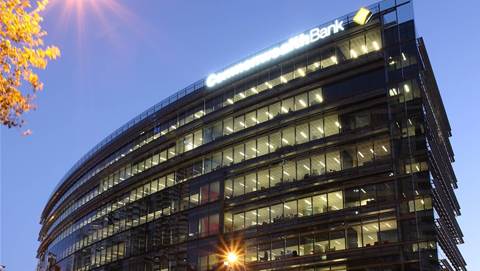Australian Government superannuation administrator ComSuper will spend the coming 18 months upgrading three core platforms as part of a wider $22.4 million reform.
The agency manages a broad range of current and legacy superannuation schemes for public sector employees and members of the Australian Defence Force.
The Government outsourced the administration of the Public Sector Superannuation Accumulation Plan to Pillar this February, in a move expected to save $5 million a year.
Meanwhile, chief information officer Randall Brugeaud has kicked off efforts to upgrade ageing Capital, ePASS and ComSAS platforms to avoid the need for manual processes.
“I think ComSuper is a place where [system] capabilities have gradually eroded over time,” Brugeaud told the Gartner Symposium last week.
“Generally speaking, in government, there’s been a lack of investment. Quite often, when there’s a need to find savings, IT’s the place to find them.
“At ComSuper, it didn’t get to a point where there was a crisis or trigger event. We didn’t have a burning platform; what we’re doing is investing a small amount of money in systems upgrades.”
ComSuper’s Superannuation Administration Reform Program (SARP) commenced in late 2009 following a review that was intended to deliver “sustainable and cost-effective services”.
The reform program involves upgrading ComSuper’s IT infrastructure, data and systems to improve efficiency, services and risk mitigation by 2014.
Brugeaud told iTnews last week that the agency had about 110 IT staff, including 30 that were dedicated to projects, including SARP.
Of those, most have been working to upgrade a heavily customised SyncSoft Capital 6 platform that was deployed in the 1990s to manage military superannuation schemes and all pensions.
ComSuper signed a contract to implement a newer version of the product in May and has since been working towards delivering the platform by the end of 2013.
“When we’ve upgraded to Capital 10, legislative change gets built into the system by the vendor and they share the cost across all of their users,” Brugeaud said.
He explained that legislative changes currently called for bespoke, in-house work to be done on ComSuper’s customised Capital 6 platform.
“[The off-the-shelf upgrade] is a more sensible way for us to approach the longer term uptick with legislative change and reform coming through,” he said.
ComSuper similarly re-engaged vendor Bravura to upgrade ePASS – an online interface for employers to lodge data and for members and pensioners to make account enquiries.
The agency’s existing ePASS platform was also “a few versions behind”, he said, with version 2.16 due to provide ComSuper with new features like a mobile offering from the first quarter of next year.
“Really, we’re just getting ourselves back up to date,” he said. “Basically, we’re still getting support from vendors but the expense of getting that support is greater because the platform is older.
“Fundamentally it’s the same as you would do for any platform. If someone’s running Windows 95, there are enhancements and benefits that you would get from moving to Windows 7 or Windows 8.”
The third project involves ComSAS, a custom-built application developed in the mid-1990s for the superannuation administration of all non-military public servants.
Brugeaud said ComSAS would remain a custom application but the agency was working to automate a number of manual processes, including those associated with superannuation splitting laws introduced since 2001.
He described the custom ComSAS upgrade as one requiring a “very small-sized investment”, suggesting that it could eventually be merged with the Capital system to improve efficiency.
“Once we finish the Capital upgrade, we’ll then have a decision point to say, 'Do we want to run two systems?',” he said.
“It just comes down to cost. Without the burning platform, and the fact that we're in a tight fiscal envionment at the moment, we don’t have any certainty that we’ll get the funding to do that.
“We’ll have legacy systems, I expect for the next decade,” Brugeaud told the conference. “Our overall target is to get them to a supportable state and remove as much manual processing as possible.”



.png&h=140&w=231&c=1&s=0)

_(20).jpg&h=140&w=231&c=1&s=0)





 iTnews Executive Retreat - Security Leaders Edition
iTnews Executive Retreat - Security Leaders Edition











_(1).jpg&h=140&w=231&c=1&s=0)



